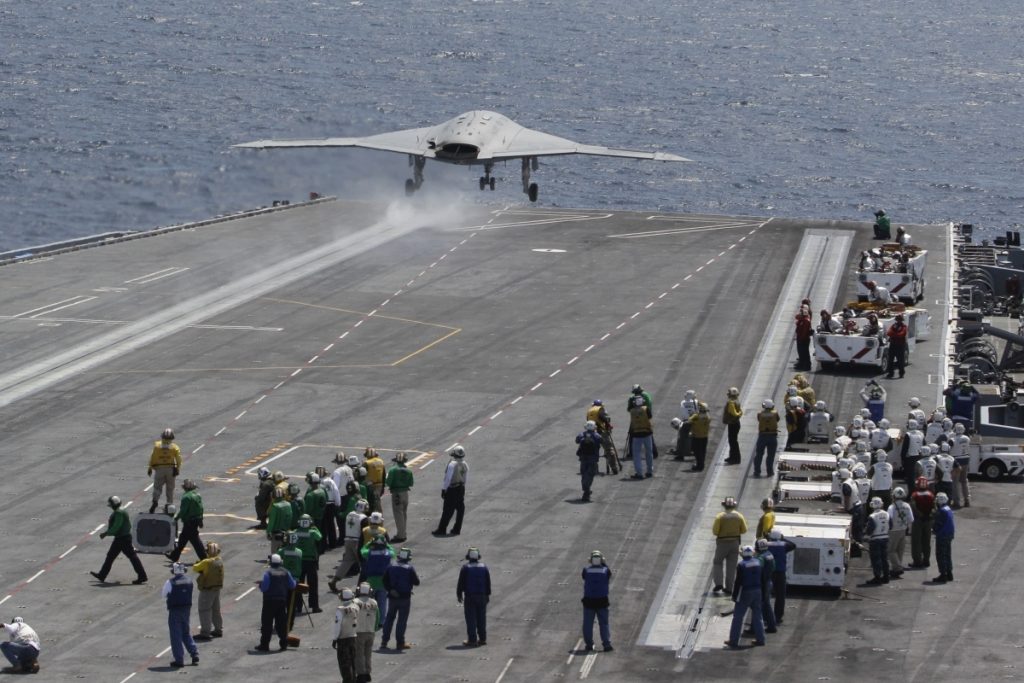Russia Develops ‘Dandelion’ Naval Attack Drone
Others are reading now
In a significant development in drone warfare, the Russian company KMZ, known for producing boats and naval drones, has unveiled a new naval attack drone named ‘Dandelion,’ which closely resembles Ukrainian naval drones.
The Kingisepp Machine-Building Plant KMZ, based in St. Petersburg and specializing in equipment for Russian law enforcement agencies and naval drones, is behind this new development, as reported by Militarnyi.
The Dandelion attack drone has already attracted attention from the Russian Ministry of Defense, which has ordered 10 of these drones for testing purposes. The abbreviation BBKN for the Dandelion stands for “high-speed unmanned carrier boat ‘Dandelion’.” Notably, these tests are expected to take place in the war zone against Ukraine.
Also read
Despite its structural similarity to Ukrainian models, the Russian ‘Dandelion’ drone exhibits several key differences. One of the most notable is the absence of visible antennas for communication equipment and a lack of optical observation and targeting devices on the drone’s body.
This lack of a camera suggests that the drone may not be suitable for use against maneuverable surface targets and is likely intended for striking static objects like bridges and ports.
KMZ representatives have disclosed that the Dandelion drone can carry a warhead or other payload weighing up to 600 kilograms. This capacity is slightly less than the SeaBaby drone used by Ukraine in the attack on the Crimean bridge in July 2023, which carried 850 kg of explosives.
The Russian drone’s operational range and speed are notable, with the ability to cover 200 kilometers at speeds of up to 80 km/h. This capability is sufficient to strike targets such as Odesa if launched from Crimea. Additionally, there is potential for these drones to be launched from ships already at sea.
However, questions arise about the control mechanism for the Dandelion drone, particularly due to the absence of satellite communication antennas.
It is speculated that the Russians might be using an inertial system with GPS signal correction, similar to the Shahed-136 drones. The use of communication repeater drones is also a possibility not ruled out.
This development marks a significant step in naval drone warfare and reflects the ongoing technical advancements in military equipment.
The Dandelion drone, with its similarities to Ukrainian models, underscores the rapid evolution and adaptation in military technology amidst the ongoing conflict in the region.


